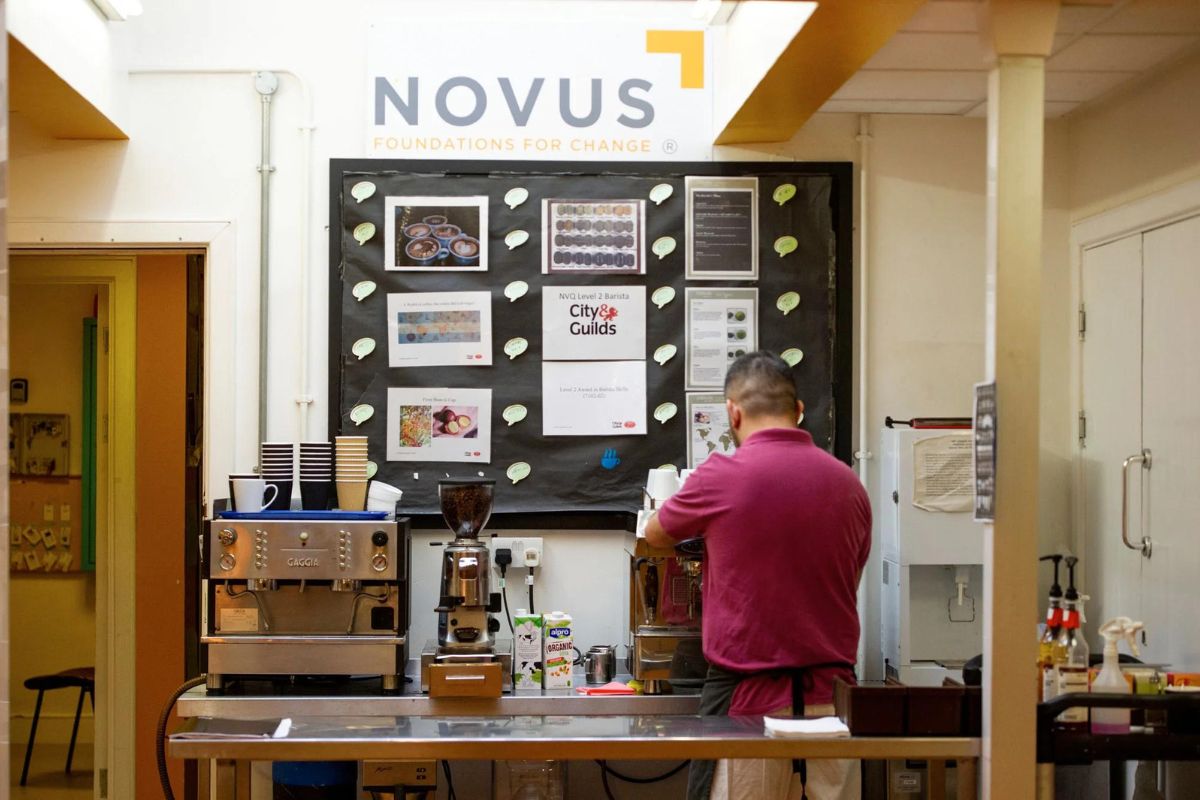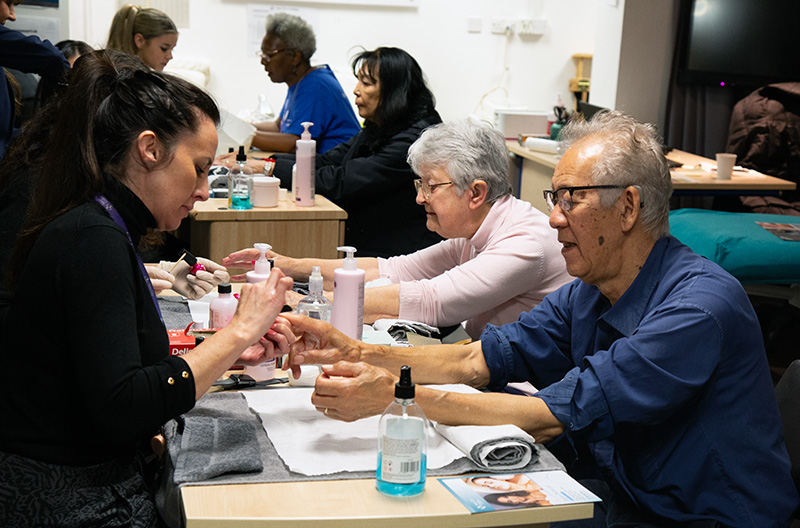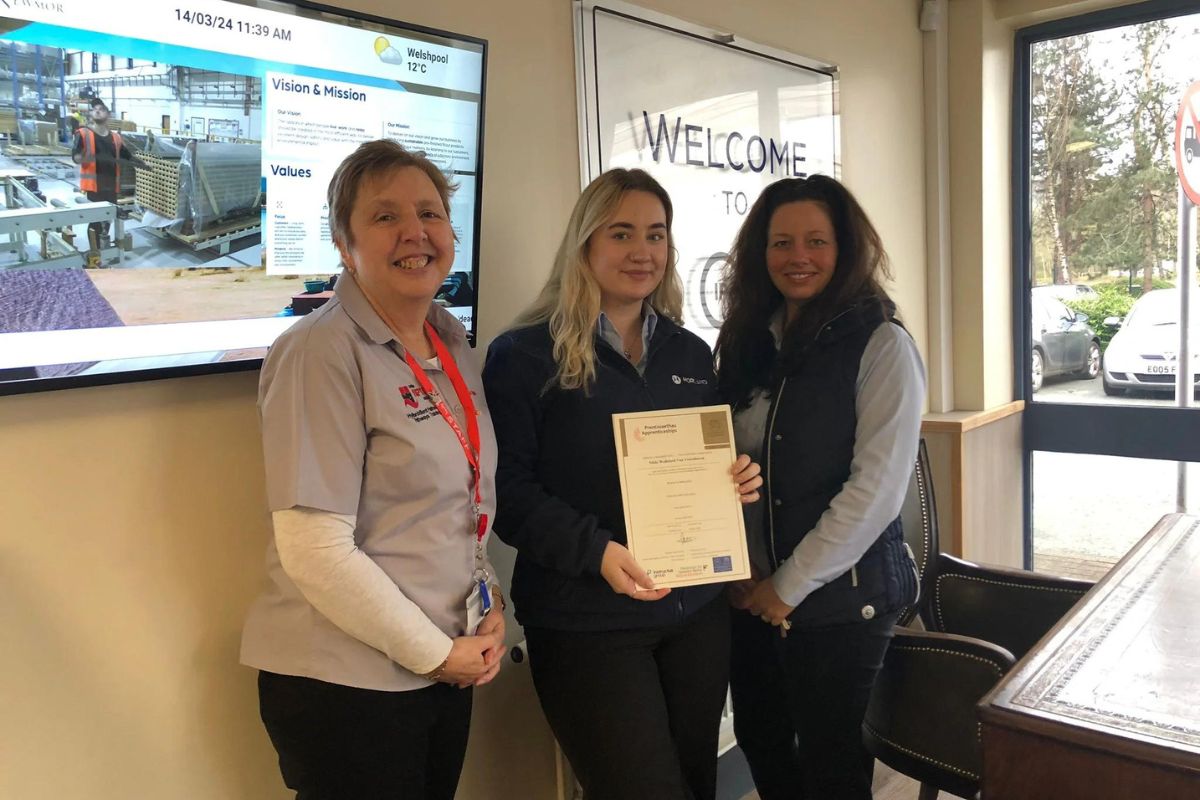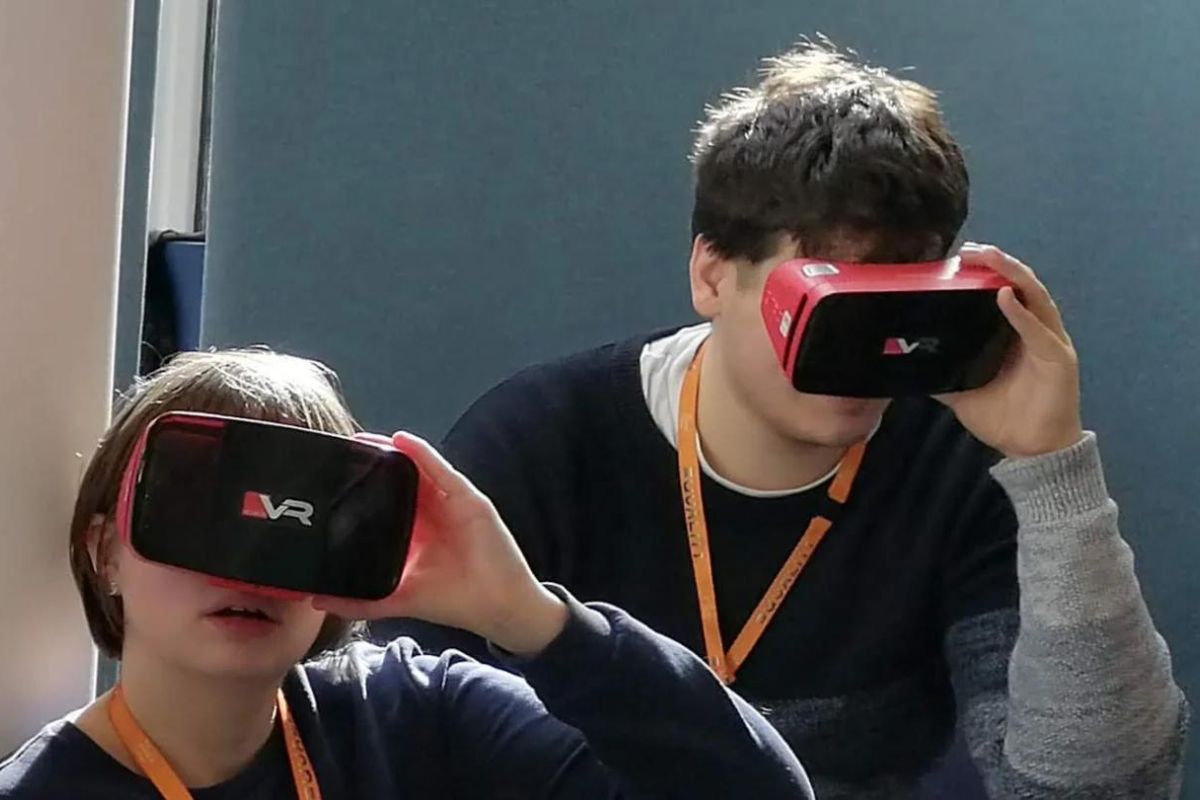Tutoring works on paper, how about in practice?

Kim Dadisman and Laina Sonterblum explore how tutoring programmes can be an effective tool in combatting learning loss and supplementing curriculums in schools in the wake of the Covid-19 pandemic
Covid-19 has resulted in lost learning around the globe, creating a world-wide education crisis that could cost today’s students upwards of nearly £14 trillion (USD $17 trillion) in lifetime earnings. Luckily, tutoring—supplemental one-on-one or small group instruction—is a proven solution to learning loss. Noting its efficacy, education experts and legislators alike have made tutoring one of their go-to policy priorities.
In the United States (US), the Biden Administration has publicly called on districts to spend Covid-relief dollars on tutoring. In the United Kingdom (UK), the Department for Education (DfE) launched the National Tutoring Programme (NTP). These initiatives are excellent steps toward learning recovery, but could fall short of their potential if implementation strays too far from the evidence.
Evidence from rigorous evaluations of nearly 100 tutoring programmes demonstrated that tutoring consistently had large, positive impacts on student learning. That said, not all programmes are equally effective.
The most beneficial models had some key components:
- They took place at school, during the school day. We think attendance might be the key underlying factor here!
- The tutors were paid and trained professionals. While parents and volunteers could also be beneficial, teachers and paraprofessionals with training, coaching, and compensation yielded the greatest improvements.
- Sessions occurred at least three days per week.
- They maintained ratios of one-on-one for younger students and small groups for older students.
Schools and Districts are working hard to align their tutoring programmes with this evidence. The NTP, in design, includes many of these key components.
Moreover, it’s three-option design allows for flexibility:
- The Academic Mentor model offers individual or small group tutoring in close consultation with teachers. Tutoring is offered during the school day, during lunch, or afterschool, across a range of subjects. Tutors receive training through the Education Development Trust.
- The Tuition Partner model allows schools to engage with external tutoring organizations that have been approved by the DfE. The tutoring programme design is set between the school and the tutoring partner and can include online or virtual tutoring services across a range of subjects.
- The School-Led Tutoring model allows schools to use current staff or hire new staff to provide tutoring to students. Training for new staff is provided through the Education Development Trust.
In the US, despite best efforts to design programmes with fidelity to the evidence, various obstacles (such as tight labor markets and tighter school schedules) can make it very difficult to implement programmes as they’re designed. For example, early evidence on implementation in the US has shown that many schools are only offering tutoring once or twice per week (below the recommended dosage) and that this cadence isn’t resulting in the impact people would hope.
It seems that the UK is facing a similar dilemma. A report on phase one of the NTP found that implementation of tutoring models did not always align with guidance provided by the DfE. Tutoring programmes were not always implemented systematically, often due to staffing constraints. In about one-third of schools, student-tutor ratios exceeded recommendations, including eight or more students per tutor.
The majority of schools implemented the school-led model
Education leaders believed this model allowed for more control over the tutors, content, and programme implementation. This design may have enabled schools to adapt programmes to maneuver obstacles and meet the needs of students—an understandable and common strategy to ensure tutoring occurs even if it means deviating from the evidence.
In the US, some districts are adjusting programmes to focus on online or hybrid platforms to mitigate staffing challenges. Others are utilizing opt-in designs to overcome capacity constraints. Many schools are offering tutoring services before and after school, as well as on the weekends, to minimize disruption to the school day.
These adaptations can be great! They can expand our understanding of effective tutoring by providing critical information on what works and for whom—if they are evaluated. Evaluating both the process and the impact of programmes is essential for maximizing student learning.
Process evaluations—monitoring a programme’s implementation—have already resulted in simplified programme options and bolstered support from DfE. Impact evaluations—assessing a programme’s outcomes—are an imperative next step. Rigorous data on the effectiveness of these programmes will inform the next generation of evidence, and therefore the next generation of tutoring. Moreover, much funding for learning acceleration is time-bound, and demonstrating the impact of these programmes can show policymakers that tutoring is a worthwhile investment, now and in the future.
By Kim Dadisman, Associate Director of Policy at J-PAL North America and Laina Sonterblum, Senior Policy Associate at J-PAL North America.












Responses